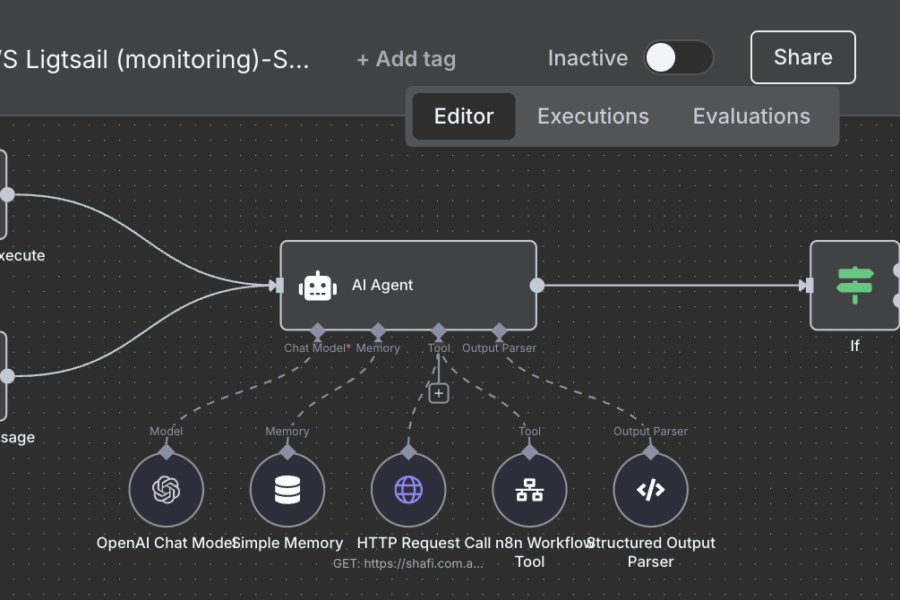Embarking on my Westpac journey in mid-2015, I ventured into a captivating realm of analytics and personalization. This article delves into the transformative stages within Westpac and Adobe, traversing diverse banks, platforms, and strategies.
At the core of this odyssey lies an extensive suite of financial services, encompassing Westpac, StGeorge, Bank of Melbourne, and Bank SA. Notable entities like Super (BT, Panorama), along with numerous microsites and third-party platforms, synergize to serve our clients. As the landscape evolved, so did our quest for adaptability and innovation, catalysing remarkable metamorphoses.
A keystone of our expedition is the Adobe Analytics simplification process. In the initial two years, we transitioned from multiple report suites for each brand to a unified report suite. A standardized DataLayer pattern for all brands streamlined implementations. This journey involved a meticulous clean-up, accompanied by an analytics framework for web and mobile apps. Noteworthy is the utilization of a custom framework beyond the public site, where DataLayer reigns supreme, enabling rapid development in the realm of personalization.
Our dedication extended to crafting mobile frameworks mirroring web patterns. Each screen’s DataLayer properties invoke analytics framework functions, simplifying payload transmission to Adobe. Crucially, both mobile apps and websites send contextual data as payload, mapped to analytics eVars, Props, and events, reducing framework complexity and enhancing reporting agility.
While analytics unveiled user interactions, personalization emerged as the horizon’s edge. Adobe Target, our chosen tool, facilitated dynamic content tailoring for individual users. Unified instances of analytics and Adobe Target fostered resonating user journeys, meeting preferences and nurturing engagement—initially implemented on public sites but aimed for broader reach.
Security was paramount; Adobe Target API fortified personalization efforts and seamlessly integrated personalized elements into platforms, ensuring a secure, seamless user experience. Segmentation, powered by Adobe Audience Manager, played a pivotal role. User behaviours dictated categorization, yielding targeted campaigns that maximized interaction value.
A ground breaking phase saw Adobe Target API and Adobe Audience Manager enter our ecosystem, expanding personalization to secure spaces and mobile apps. 70% of visitors accessed banking platforms through websites or apps, enabling personalized experiences based on web behaviour or CRM data—an unprecedented digital leap for Westpac.
Collaborations transcending boundaries thrived via Adobe Audience Manager’s adTech Segment sharing, fostering synergistic campaigns and mutual benefits. The People-based destination feature integrated customer data seamlessly, fostering a comprehensive user view across platforms.
Continuing the journey, evolution beckoned. Adobe Experience Platform’s foundation marked the next phase-an orchestration of multi-channel, multi-brand engagement. This canvas envisioned a new era of customer relations through data, personalization, and innovation, reshaping Westpac’s customer relationship paradigm.
In closing, my Westpac and Adobe journey transforms. From simplifying analytics to harnessing Adobe’s potential, we navigated complexity and capitalized on tools. Adobe Target and Audience Manager enriched customer experiences, redefining engagement. The promise of Adobe Experience Platform signals a new chapter, marrying data, tech, and customer focus in exceptional financial services.






Leave a Comment